Michelin Unveils New Airless Tires for Small Vehicles
Michelin, a leading tire company, and General Motors (GM) have announced to make an airless future. For the time being, they have restricted themselves to making airless tires and have unveiled the prototype of ‘Uptis’.
What is Uptis?
Uptis stands for Unique Puncture-proof Tire System. In simpler words, it is a tire with no air inside it, doing away with the concept of a tire being punctured. The new tires will save roughly 200 million tires from being scrapped every year due to irreparable puncture damage.
Uptis, which is being manufactured by Michelin with GM’s help will enable them to curtain environmental damage from tires, and reduce the risk of damage from a punctured or blown out tire to zero percent.
Presently, the tire is in the prototype phase, and a commercial rollout is not expected until 2024. Although not as visually appealing as other tires, Michelin claims that it is just as comfortable if not more than any other standard tire available.
Features
The tire has a unique and complicated build. It has a mix of composite rubber and resin embedded fiberglass which enables it to carry car weight. It is a significant improvement over previously introduced airless tires. The new design allows it to operate at high speeds, just like any other regular tire.
While completely insusceptible from puncture or blowouts, it can suffer other types of damage like any other tire. Another advantage of going airless is that it removes the need of keeping a spare tire in the car, which is kept as a replacement in case the original tire is punctured or blows out.
Uptis is not a recent innovation. The concept of airless tires has existed for quite some time. Michelin was previously working on Tweel, another airless tire concept. Likewise, other tire manufacturers have been working on airless tires as well. Goodyear is continuously working on its airless tire called ‘Aer’.
Currently, airless tires are only designed for passenger vehicles. Michelin will test the Uptis line of tyres on GM’s Chevy Bolt cars.
Advantages of Going Airless
While some advantages have already been mentioned, we thought it convenient to list down the advantages of airless tires separately.
- No more punctured tires.
- No threat of tire blowouts.
- Overall, drivers would be safer because of the first two reasons.
- Less environmental damage. Every year 200 million punctured tires are scrapped as they cannot be repaired, but airless tires are immune to punctures.
- There is no need for spare tires, which take up extra space and affect a car’s fuel efficiency.
- Save money on tire repair and spare tires.
- Airless tires are more durable as they reduce uneven wear.



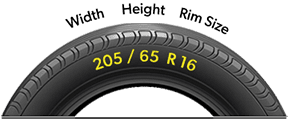





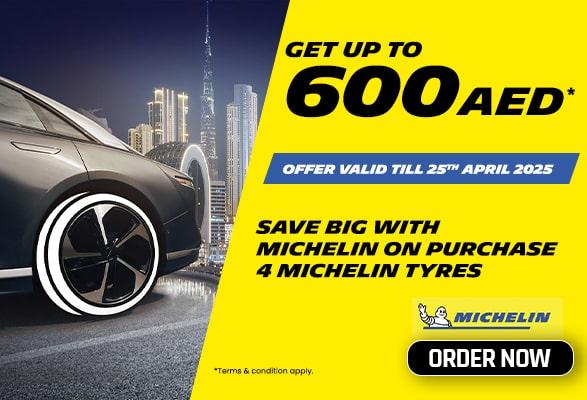
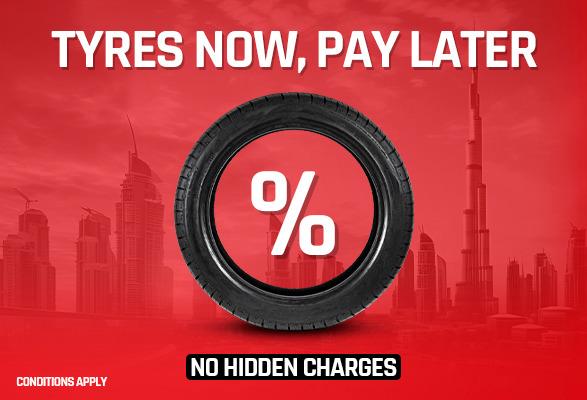
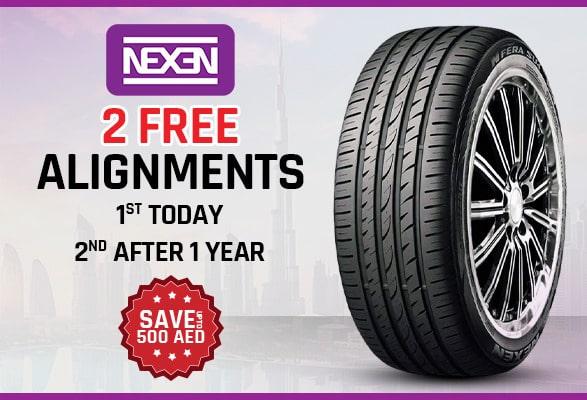
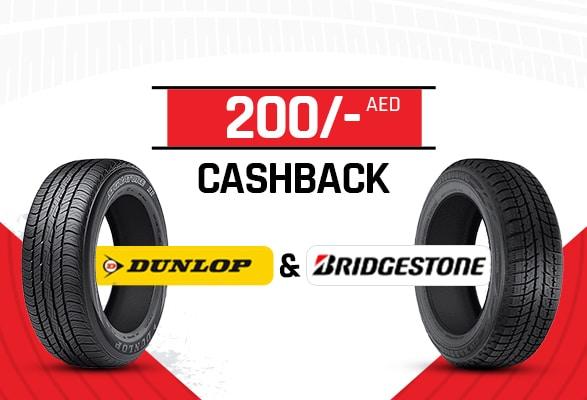
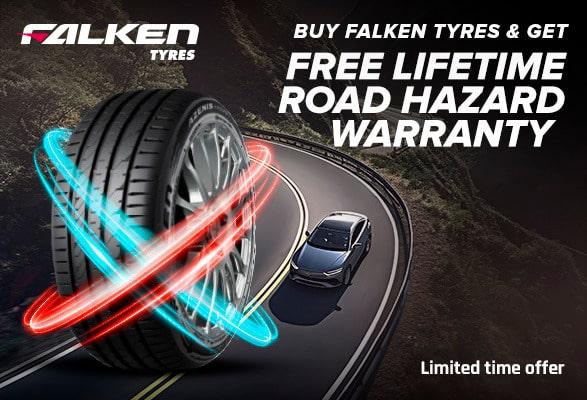
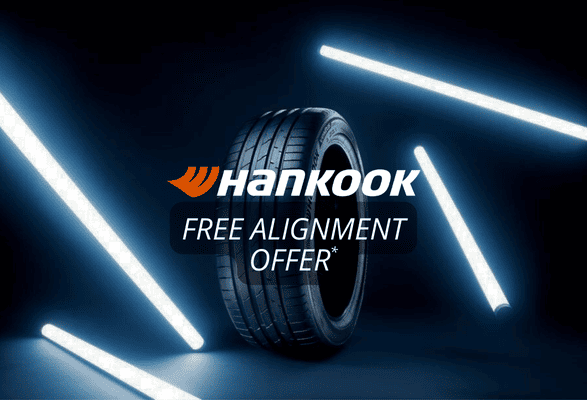

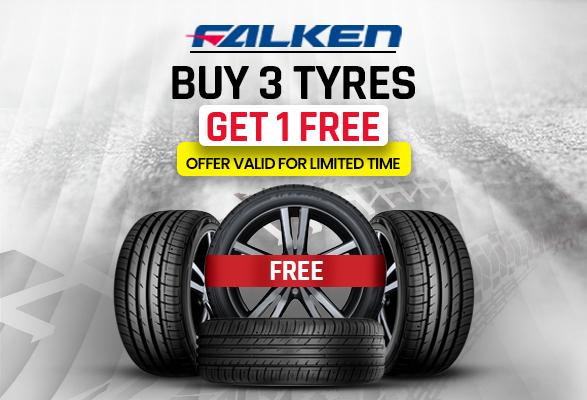
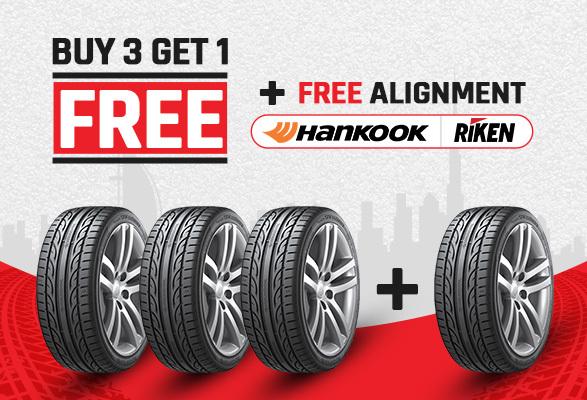
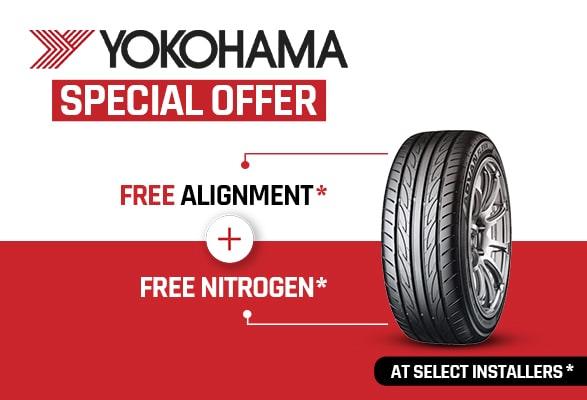
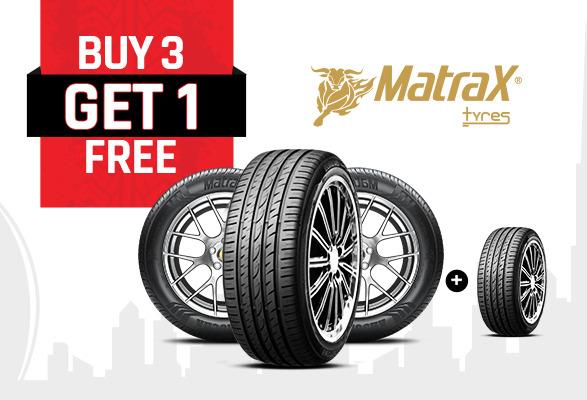























Final Words
There is no doubt that airless tires may very well be the future of the tire industry. However, there is still a lot of work to be done until the tires can be rolled out commercially. Unless the design and safety features are perfected, tyre manufacturers need to keep striving hard for an airless future.